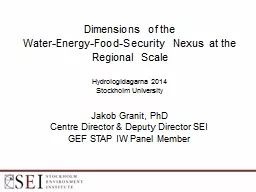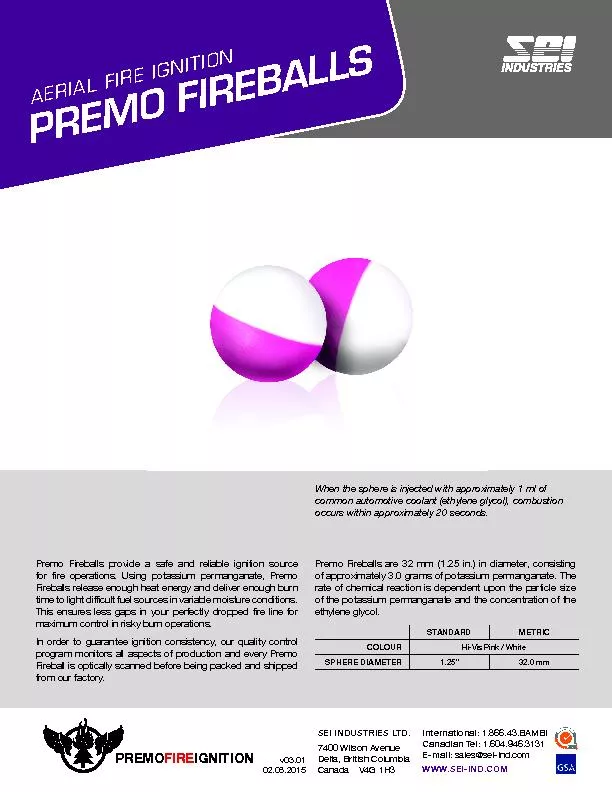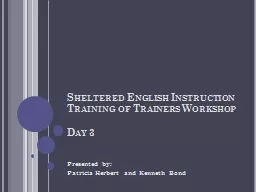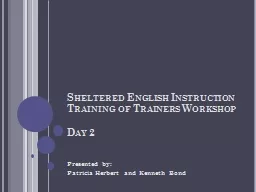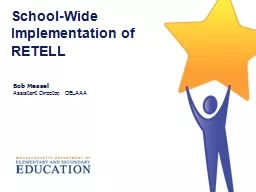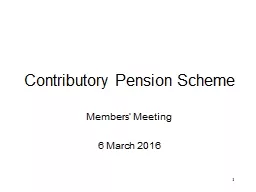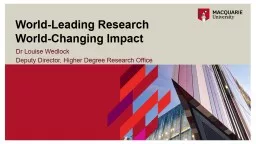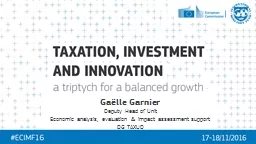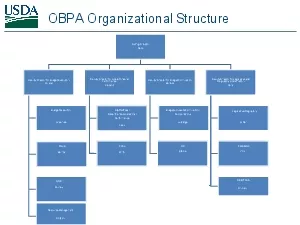PPT-Jakob Granit, PhD Centre Director & Deputy Director SEI
Author : volatilenestle | Published Date : 2020-07-02
GEF STAP IW Panel Member Dimensions of the WaterEnergyFoodSecurity Nexus at the Regional Scale Hydrologidagarna 2014 Stockholm University Structure of presentation
Presentation Embed Code
Download Presentation
Download Presentation The PPT/PDF document "Jakob Granit, PhD Centre Director & ..." is the property of its rightful owner. Permission is granted to download and print the materials on this website for personal, non-commercial use only, and to display it on your personal computer provided you do not modify the materials and that you retain all copyright notices contained in the materials. By downloading content from our website, you accept the terms of this agreement.
Jakob Granit, PhD Centre Director & Deputy Director SEI: Transcript
Download Rules Of Document
"Jakob Granit, PhD Centre Director & Deputy Director SEI"The content belongs to its owner. You may download and print it for personal use, without modification, and keep all copyright notices. By downloading, you agree to these terms.
Related Documents

